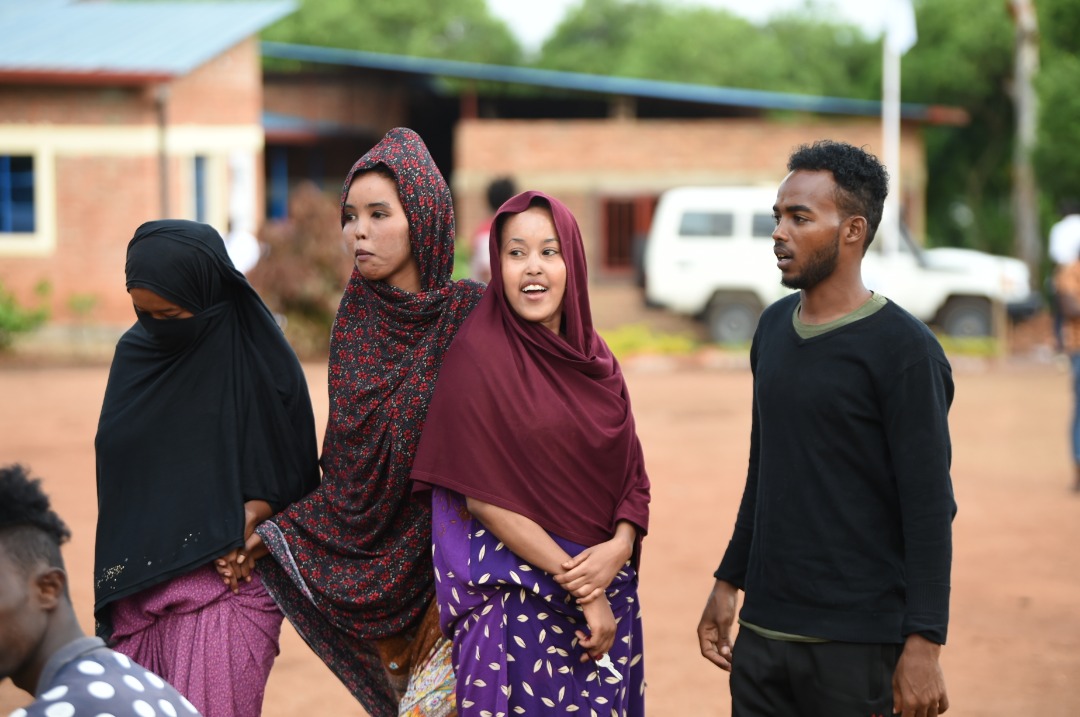
The African Asylum seekers in Gashora transit centre – Bugesera Eastern Rwanda
The European Union has announced a € 22 million support package on February 09, 2023 to Gashora Emergency Transit Mechanism (ETM) centre, located in Bugesera district.
This support is intended to help refugee and asylum seekers based at the centre get access to favourable living conditions like health, psychosocial support and livelihood trainings as they wait for their files and identification of future solutions, including onward resettlement to third countries.
It is an additional grant that will help the UN Refugee Agency- UNHCR to operate the centre until 2026, building on the earlier phase 1 support package of a € 12.5 million, also donated by the European Union, between 2019 and April 2022.
Speaking about the additional grant, the European Union Ambassador to Rwanda Belen Calvo Uyarra said that since the transit centre is a pathway to sustainable solutions to problems being faced by the occupants, every support is significant.
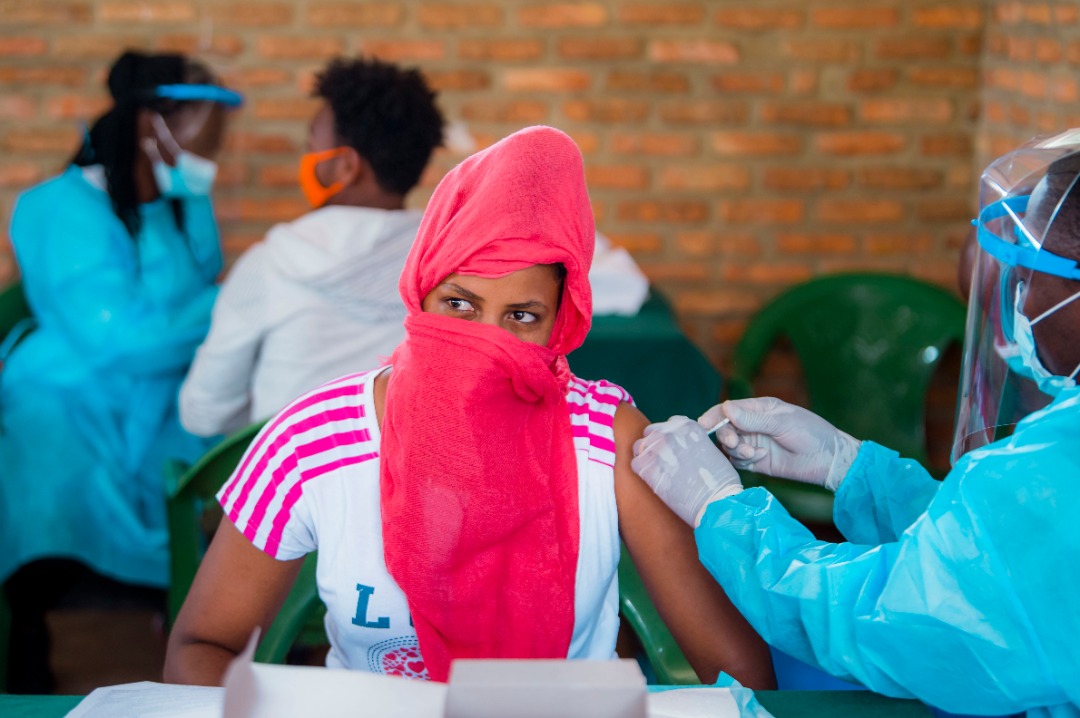
Vaccination against COVID-19 in Gashora transit centre
‘The Emergency Transit Mechanism in Rwanda is a crucial life-saving initiative to evacuate people facing major threats and inhumane conditions in Libya, to safety in Rwanda. It is a significant example of African solidarity and of partnership with the European Union. We are grateful to the Government of Rwanda for hosting these men, women and children, until such time, durable solutions can be found.’, said Ambassador Calvo Uyarra, while announcing the grant.
Statistics from the UNHCR indicate that between 2019 and 2023, 12 evacuations have been made (evacuating about 1,500 refugee and asylum seekers). They are of 9 nationalities; Eritrea, Somalia, Sudan, Ethiopia, South Sudan, Cameroon, Guinea, Nigeria and Chad.

Refugees upon arrival at Kigali International Airport
UNHCR Rwanda representative Aissatou Ndiaye commended the support, saying it comes to boost day-to-day activities which are costly, to maintain the evacuees who have divergent problems that all need critical attention.
‘…We are thrilled to continue our partnership through this latest round of funding to the Emergency Transit Mechanism centre. The needs of asylum seekers and refugees trapped in Libya are immense…Solutions are being found to bring them to safety, first in Rwanda and then subsequently in third countries, through resettlement,” said the UNCHR Rwanda Representative.
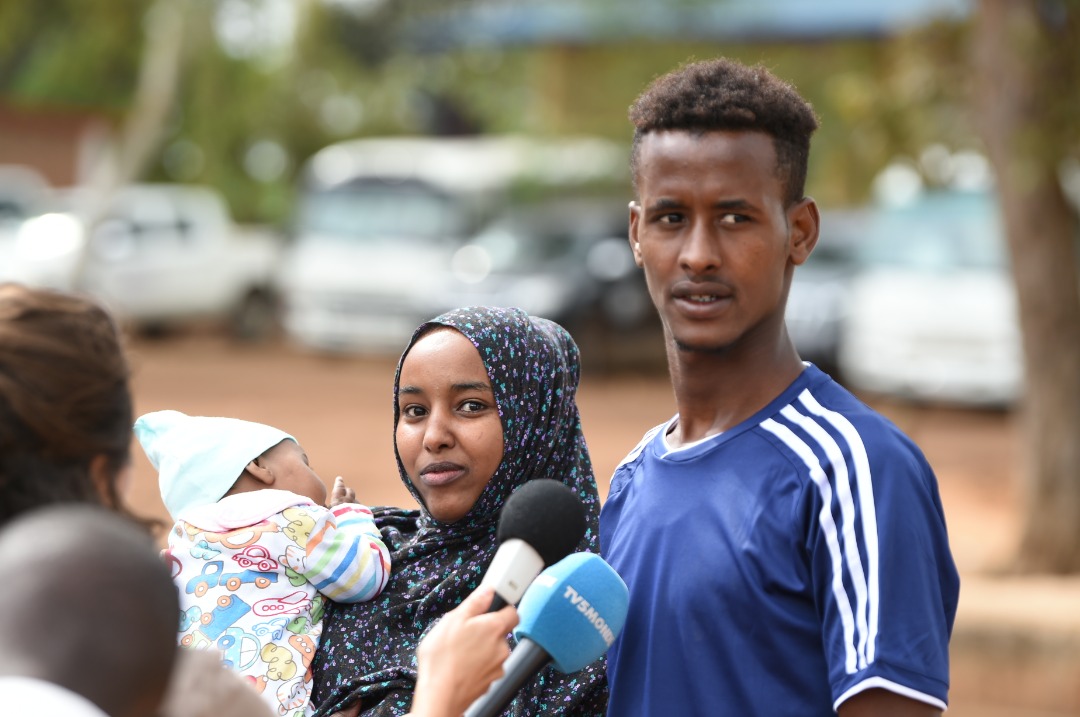
Refugees/asylum seekers in Gashora transit centre
Ndiaye further said that over the next years, they aim to support about 3,000 more people to find solutions to their distress.
Foebre Mariam January Girmay (ETM identification name), is an asylum seeker from Ethiopia, who was evacuated from Libya in December 2021, trying to escape harsh living conditions in her country. She believes her only way out of what she has gone through is finding a peaceful country to live in, with her children and husband.
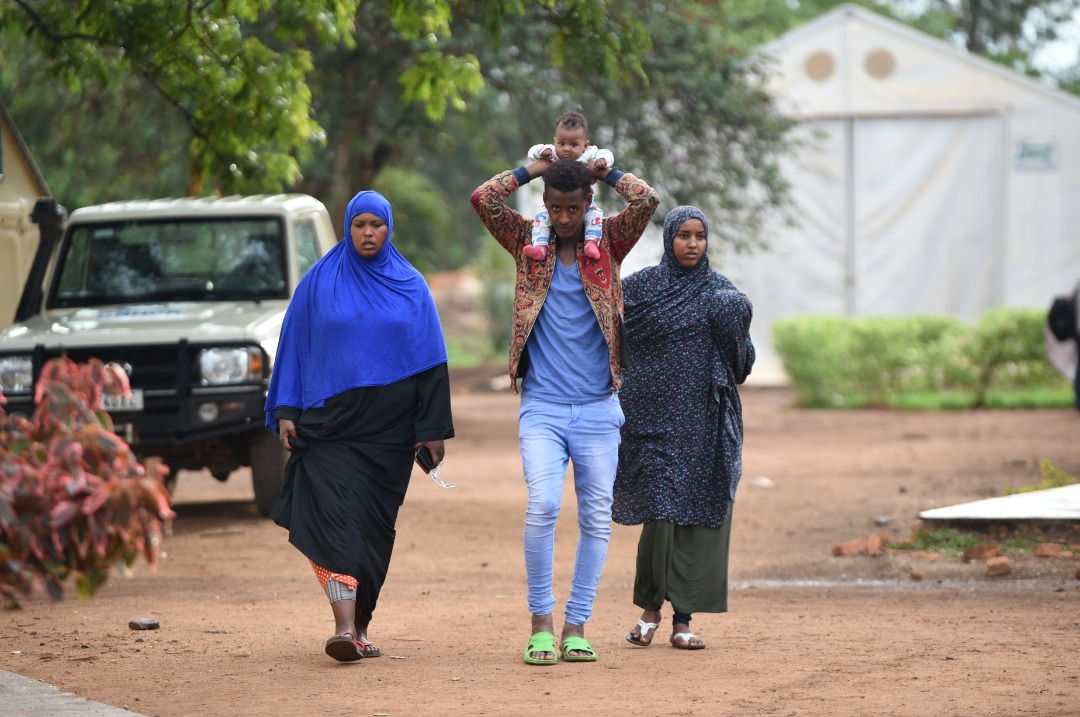
Life in Gashora transit centre
‘I passed through many difficulties, I can’t compare Rwanda with Libya because life was very difficult, Rwanda is like my home, I like the environment, accommodation and the place is good. I like Rwanda, but I would like to go abroad and my country of preference is Norway. I urge my relatives at home who want to leave the country to go through legal channels.’, said Mariam.
According to the Permanent Secretary in the Ministry of Emergency Management Philippe Habinshuti, the Government is committed to providing a safe environment to refugee and asylum seekers, to enjoy their full rights, for social -economic integration.
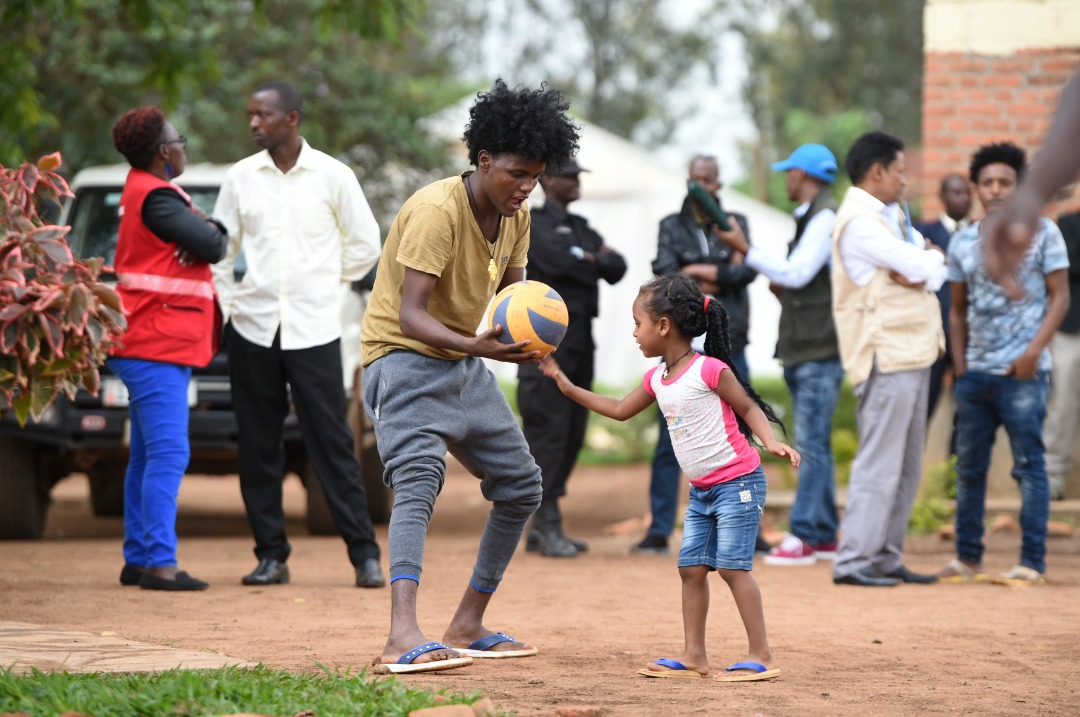
Fun in Gashora transit centre
He added that facilitation during their stay includes proper living conditions and providing ground for individual case processing, under the tremendous support from different stakeholders, including the European Union.
Since 2019, over 900 people have departed Rwanda to resettlement and other complementary legal pathways. Among these, a large number of resettled refugees have been welcomed in EU countries, notably in Sweden, France, Belgium and Finland through resettlement and complementary legal pathways.
Large numbers of people remain in extremely difficult conditions in Libya, who urgently need to be brought to safety and to be provided with protection, assistance and durable solutions.

